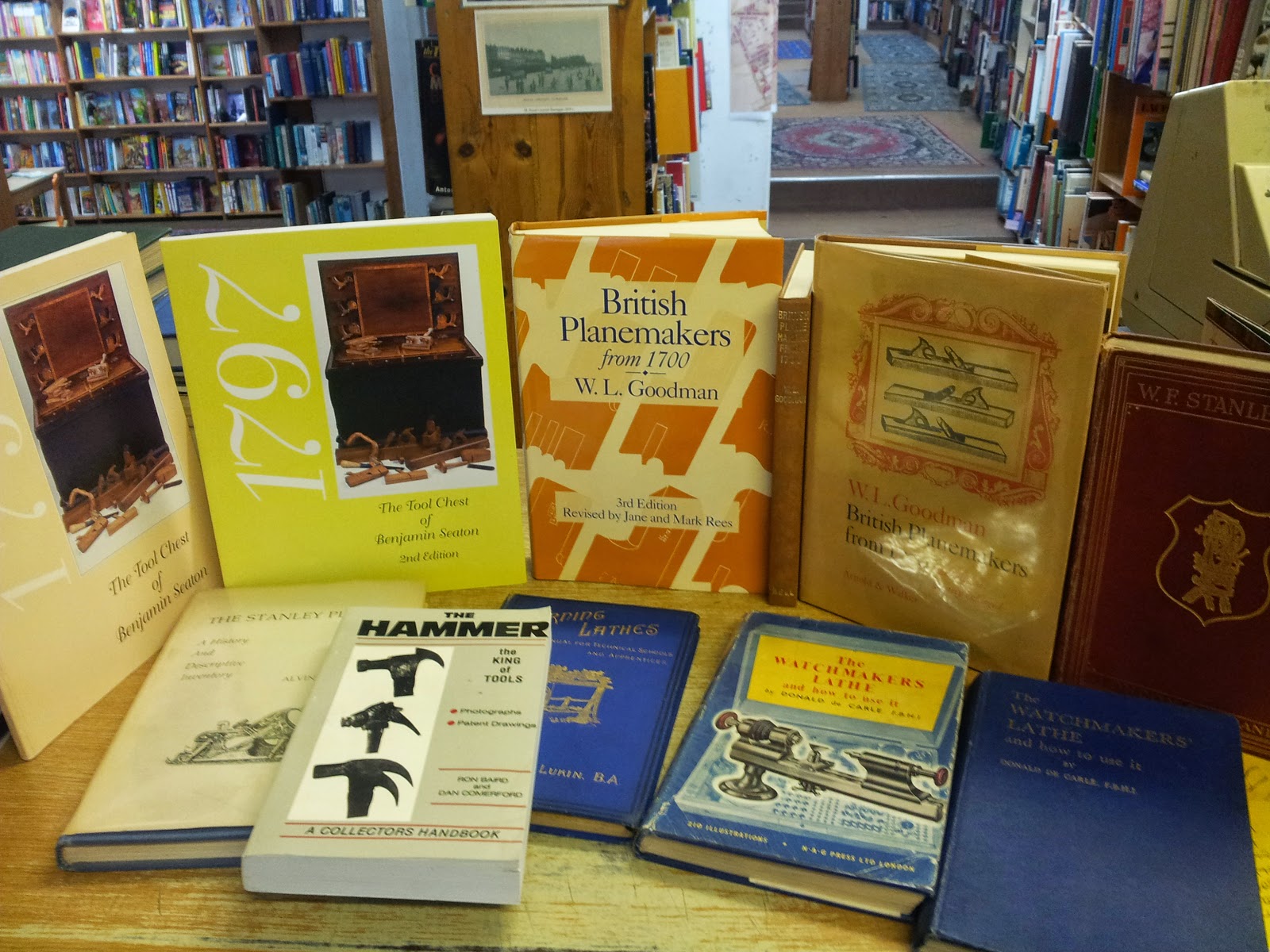Obviously there is the association copy of the book and the book where the author has signed it.
This can be extended, how can I explain this? I guess an author that most people have heard of is Terry Pratchett, so if he signs one of his books it makes it more valuable, in this case particularly if your name is Jonathan.
There are really no easy rules of thumb here, an ordinary but desirable books like this which would probably sell off the shelf for about £5 with the signature is probably worth around £20, whereas a desirable first edition by Terry Pratchett that would normally sell for around £25, without being signed by the author, would be worth around £250 if signed by the man himself.
Of course if you just want to read a Terry Pratchett then we have most of them on the shelf in the bookshop in paperback for between £1.50 and £2.50 depending on condition and prices on the internet start at around £2 including postage.
With association copies I guess the best ones are where the author has signed it to the illustrator or someone else connected with the book or the author.
OK back to the desirable first edition by Terry Pratchett that would normally sell for around £25, now if Jonathan or anyone else not connected with the author writes their name in the book, then this knocks the value back to around half, £12.50. Bookplates are less intrusive and no problem at all if you can get them out without leaving any marks should you wish to sell the book.
So is there an area where an ordinary persons signs of ownership add to the the value or at least enhance the book somehow as to make no difference. I would say that when you get back in time a while and particularly with non-fiction there comes a point where it doesn't make much.
Taking as example this Charlotte Bronte first edition that we have on the shelf in the bookshop for £400, which has no bookplates or writing in it, I guess a neat contemporary signature on the endpaper (blank page at the front) would reduce its value to around £300. Of course if Charlotte Bronte had signed it would be a very valuable book indeed.
Of course a messy modern name in biro on the title page and the value of the book would be reduced to almost nothing.
Another example is the signature in this carpentry book published in 1862 which we have on the shelf in the bookshop for £200 I don't think the 1898 inscription makes much difference and a bit of research could reveal either the giver of the recipient to be a woodworker of some significance which would enhance it's value.
In the case of this book about engineering
Nothing special we have it on the shelf for £40, but it was the bookplate in the front that attracted me to it.
Often there is work to do with signatures in books, take this book on turners, on the shelf for £35
the signature doesn't mean anything much until you read the letter enclosed in the book.
A family of tuning Farmers?































































